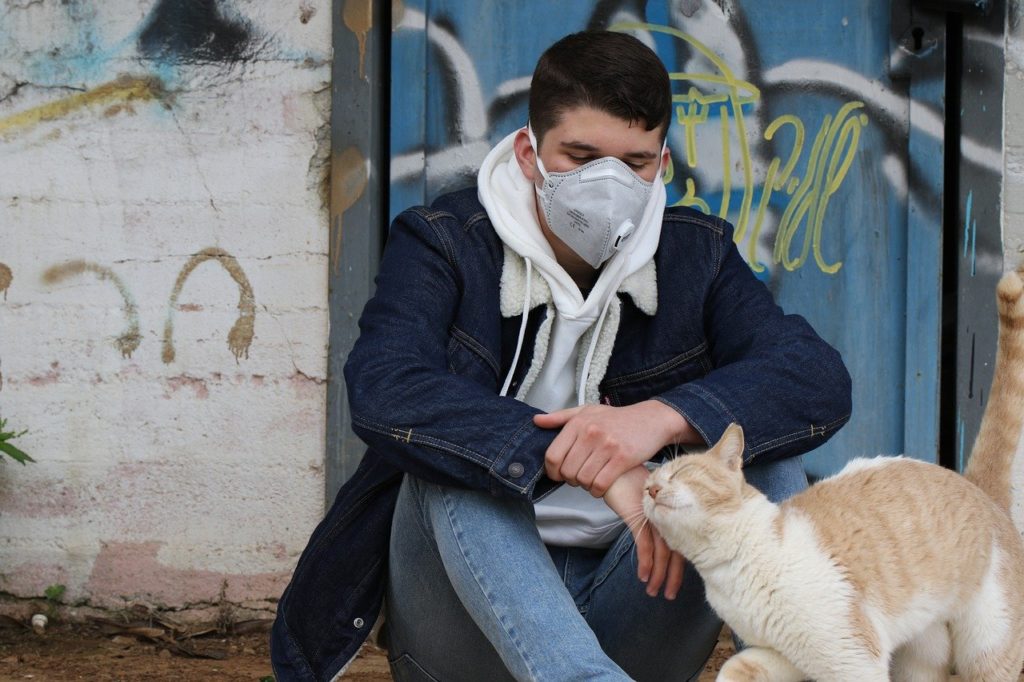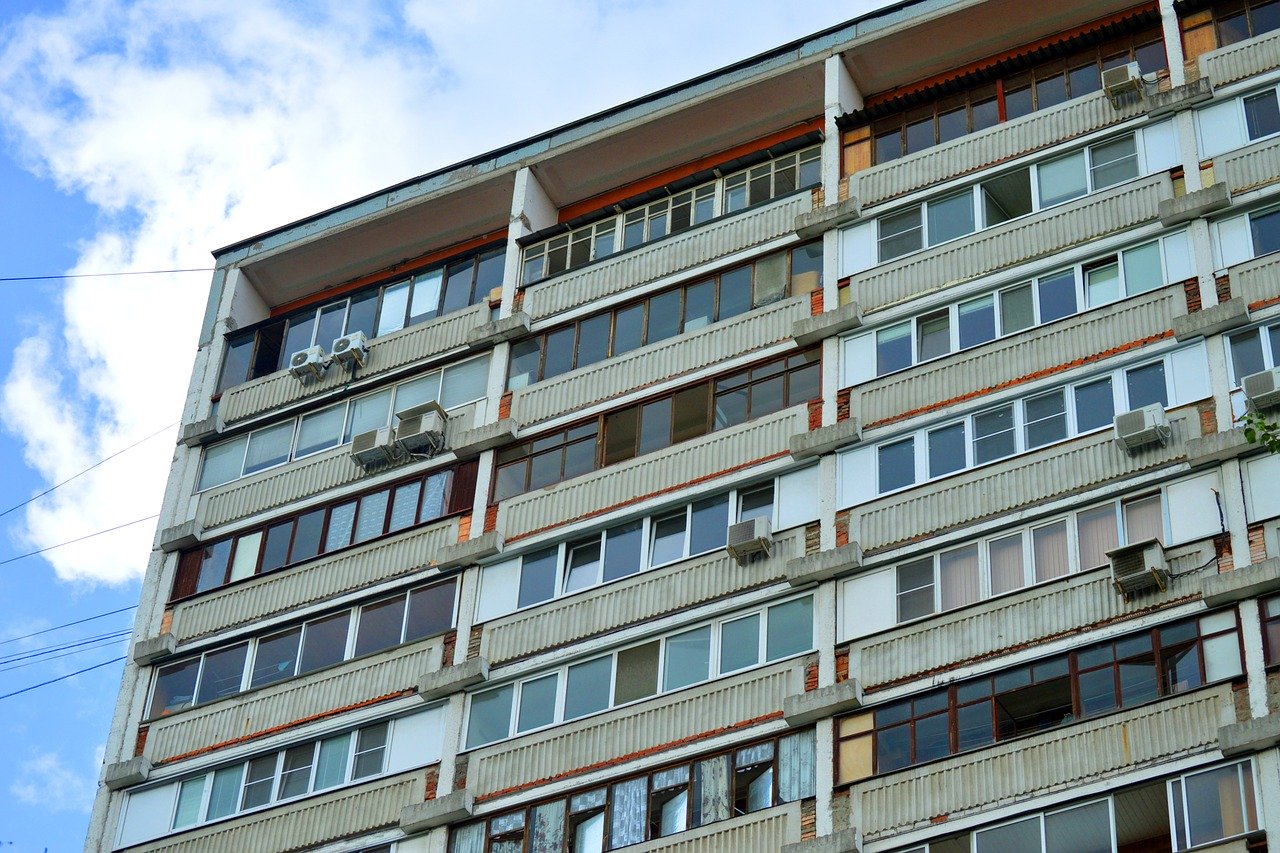
I did not expect that I would be writing about COVID-19 when I sat down to write a blog celebrating National Minority Health Month, however, it has turned out to be the perfect time to share the detrimental effects COVID-19 has had on racially and ethnically diverse communities, especially those living in low-income neighborhoods.
The novel coronavirus COVID-19 has spread like wildfire in the United States. At this moment, there is at least one confirmed case in all 50 states. People with COVID-19 report flu-like symptoms such as a fever, tiredness and a dry cough. However, this can progress into more severe symptoms such as shortness of breath, chest pains, and/or trouble breathing. Although many people have recovered from COVID-19, the virus could be potentially fatal for those with pre-existing conditions or weakened immune systems, such as older adults. Particularly for diverse older adults, COVID-19 may be exacerbated by many existing racial/ethnic health disparities.

Although COVID-19 does not discriminate and can affect people of every race and ethnicity, its potential effect on diverse communities may be worse due to a variety of factors that implicate health, finances, and housing. It is not difficult to find headlines in the news like “COVID-19 Hits African American Communities Hard” or “Longstanding issues put Native American communities at high COVID-19 risk.” In fact, Dr. Anthony Fauci, Director of the National Institute of Allergy and Infectious Diseases, has gone on record stating that COVID-19 will most likely hit racially and ethnically diverse communities harder than predominately white communities. It is frustrating, but I agree with Dr. Fauci, as we are beginning to see the disproportionate rates of COVID-19 infection and hospitalization among our communities.
The disproportionate rates of COVID-19 infection amongst our diverse communities is not a coincidence. On the contrary, it makes perfect sense, being that many of our diverse communities suffer from existing health disparities, such as type 2 diabetes, high blood pressure, cancer, and cardiovascular disease. These existing health disparities exacerbate COVID-19, putting diverse communities at risk once infected. In addition, many in our communities live in low-income neighborhoods and/or rural areas making it difficult to access health services and much harder to adequately practice social distancing. In some instances, multiple members of a family live in the same room increasing the likelihood of COVID-19 infection.
To make matters worse, many members of our communities can’t afford to work from home. About 84% of Latinx and 80% of African Americans could not work from home in the pre-pandemic economy. This means that many members of our communities are continuing to work, exposing themselves to the external environment, increasing the chances of COVID-19 infection. The interplay between exposure from working, housing issues, geography, and health disparities worsen COVID-19 infections in diverse communities leading to increased hospitalizations and ultimately death.
However, despite all this bad news, I am inspired by our communities’ ability to persevere and help each other. In the Navajo nation, a tribal member successfully raised $267,700 and mobilized an army of volunteers to deliver food to the community. In Atlanta, a Black-owned restaurant is delivering meals to older adults in senior homes across the city. These are just some of the countless stories showcasing the strength and resilience of diverse communities. While COVID-19 may be disproportionately impacting our communities, I can at least celebrate the strength and resilience we have shown as we close out National Minority Health Month.
The opinions expressed in this article are those of the author and do not necessarily reflect those of the Diverse Elders Coalition.

